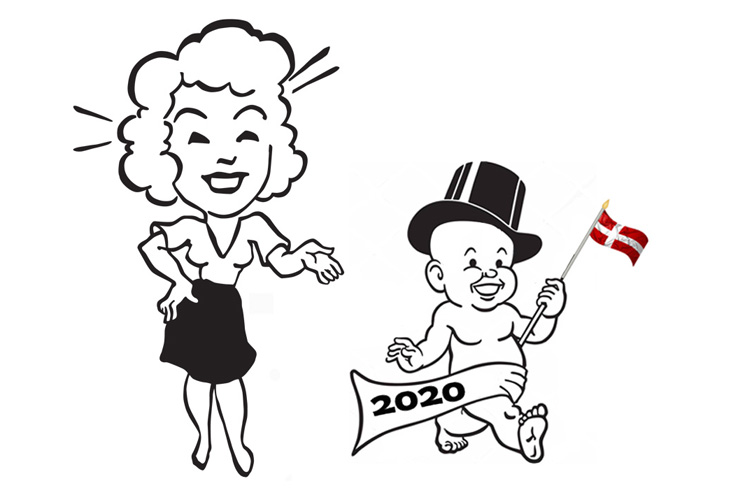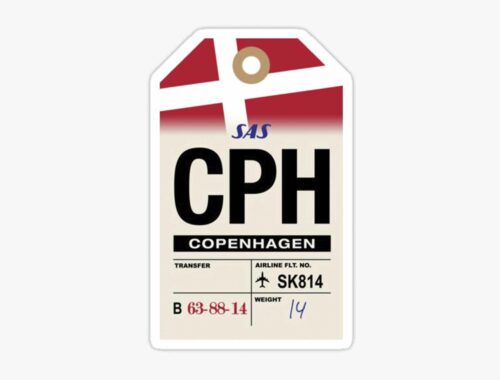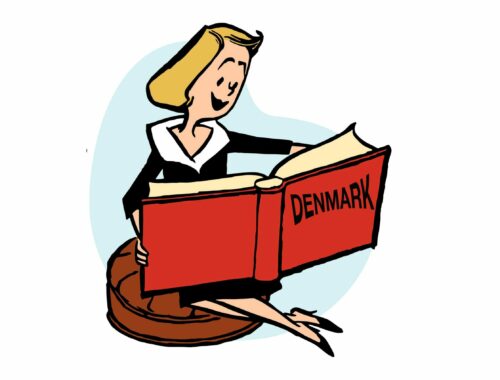If trends continue, there will be more than 61,000 newborn Danes joining us this year. And according to Denmark’s Statistik, 22% of children born here will have a mother who is not ethnic Danish.
That’s something I know a little about, being a non-Danish mother myself.
Free play and bonfires
It’s an interesting position, being a parent in a culture where people are very confident about their approach to parenting. The free play! The bonfires! The outdoor excursions even if it’s raining! The creativity! The collaboration!
Parenting is one of the many ways in which Denmark confidently feels it leads the world. Non-Danes who live here, the suggestion goes, should simply watch and learn from the masters.
But us 22% of mothers are secretly parenting our kids a little bit differently.
What the Danes do – and a bit more
Many of our kids are half-Danish, and we do all the things the Danes do. We encourage our kids to join football clubs, we put together costumes for Festelavn, we show up to take photos on the first day of school. (Although I missed this because I didn’t realize it was a thing, and ten years later my daughter is still angry about it.)
But we do more. Behind the quiet doors of Danish neighborhoods live Chinese parents who send their kids to Chinese-language classes on the weekends and Indian parents who enroll their kids in cricket.
There are African parents who make their kids dress up in suits and dresses to attend the local African church, and American parents who make them follow all the US political developments so they can be ready to vote at age 18.
And when it comes to school, we non-Danish parents tend to be a little pushy. Yes, pushy.
Preparation for life in a social welfare state
When Danish parents are asked what’s most important when it comes to their child’s school experience, and they will generally say, “That they have friends”.
That’s because social fit, being able to fit in well with the group, is important in Danish life and in Danish business. “Pear Danish” kids are being prepared to spend their lives in a social welfare state, where competition is discouraged and where there will always be enough to go around if we only share.
Having come from the rest of the world, we non-Danish moms know that life isn’t always like that.
More emphasis on competitiveness
There is not always enough to go around, and some people will have more than others, and those will usually be the people who have the best educations plus the drive and discipline to put those educations to use.
Unhampered by Janteloven, we want our kids to be the best, and we put much more emphasis on academics, grades, and competitiveness than many Danish parents do.
Ask a Danish parent what they want for their children, and they’ll say, “We only want them to be happy.” Ask a foreign parent, and they’ll say, “We only want them to be happy, and to have an advanced degree in law, medicine, engineering, or business.”
Scare stories about China
This is why so many of the kids profiled in the media with the “top karaktergennemsnit” of the season are not ethnic Danish, and nydansker girls, despite the occasional differences in language, culture and fashion choices, are collecting almost as many higher education certificates as their Danish counterparts.
No one can argue that there aren’t many positives to the Danish way of parenting. After all, Denmark is a prosperous country with a knowledge culture that rewards cooperation and innovation, plus the whole happiest-nation thing.
That said, scare stories about how China, Singapore and other countries are outpacing Denmark in the PISA educational rankings have become a standard in Danish media, along with worries about Danish students’ competitiveness.
Maybe those worries are misdirected. The real competition is probably sitting at the next desk, with a pushy foreign parent at home.
.
This column originally ran in the Danish tabloid BT on January 1, 2020.
.
Buy Kay’s books about Denmark on Amazon, Saxo, Google Books, Apple Books, Barnes & Noble Nook, or via our webshop.
Read More:





